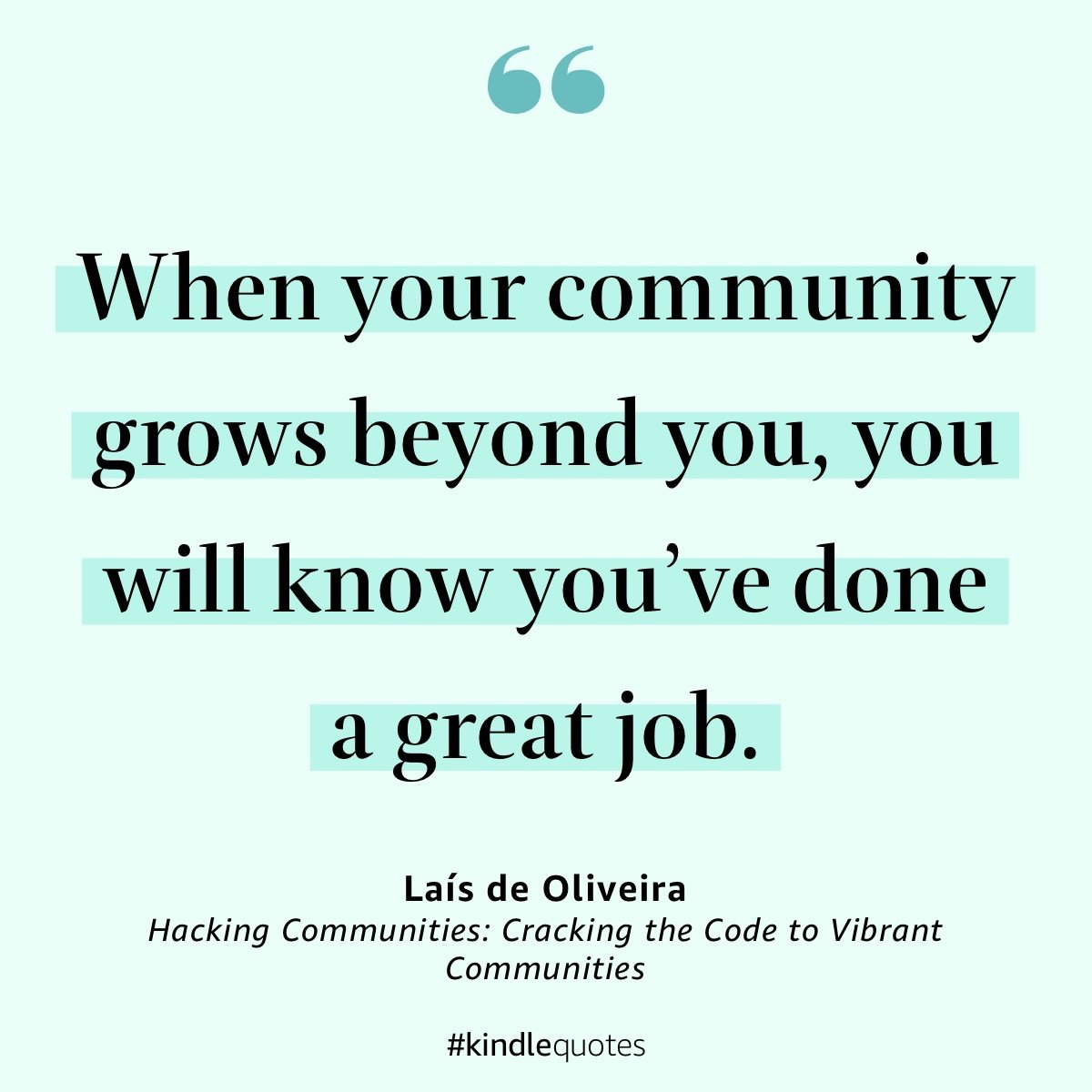User Contribution Journey and Lifecycle
place people as protagonists, not as the audience
I further developed the concepts presented in Chapter 17 (Closeness Circles) into more applicable frameworks: the User Contribution Journey and Lifecycle. The central ideas remain, quoting from the chapter above (in this book): "the more you grow, the more you make space for new roles within your community." The new frameworks help us with implementation within a team context:
User Contribution Journey: defines a clear path for people to grow within your community (through participation and contribution), from new to top contributors.
User Contribution Lifecycle: data-driven understanding of the time elapsed from the moment someone joins your community as a new member to when they become a top contributor, and finally to when they "retire" and open space for new top contributors.
These frameworks help you sustainably architect your community by defining 1) how members can actively contribute to delivering your core value proposition and 2) how long they will do that.
The contribution has to be defined by precise, measurable, achievable steps.
Referencing Chapter 17 in Hacking Communities: "It is your responsibility as a community builder to create communication systems that build and maintain trust while providing tools to empower people to help your community grow."
